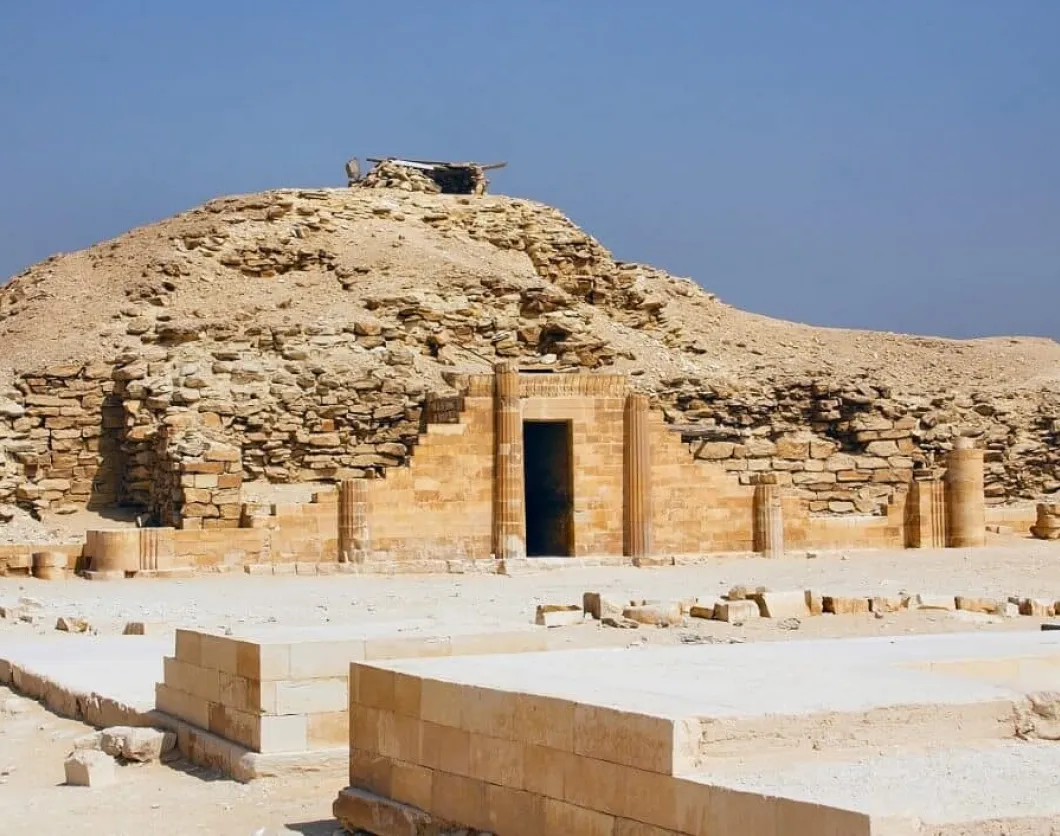
Recently, remarkable archaeological discoveries were unearthed in Saqqara's necropolis south of Cairo, Egypt. These discoveries consist of two workshops that have not been explored before, used for embalming humans and animals. Additionally, two priests' burial sites were discovered.
These workshops included a range of artifacts, such as beds, tools, and materials employed in mummification. This highlights the advanced techniques and methods used to preserve bodies in ancient Egypt.
Archaeological Finds in Saqqara
A significant discovery was the tomb of Ne Hesut Ba, a priest who served during the Fifth Dynasty of the Old Kingdom approximately 4,500 years ago. These discoveries are just a few of the many finds that Egypt has recently uncovered while working to revive its tourism industry.
The discovery of embalming workshops in Saqqara, alongside temples, is a first, according to Mohamed Youssef, director of the Saqqara Archaeological Site. Previous archaeological discoveries found such workshops associated with the deity Apis in Memphis. This new finding offers valuable insights into ancient Egyptian embalming practices and is a significant discovery for Saqqara.
Egyptian mythology reveres Apis. He is commonly represented as a holy bull, believed to embody the gods Ptah, Osiris, and Atum. The Apis bull was revered as an oracle and regarded as a powerful ruler among beasts during its lifetime. Following its death, the bull was incorporated into the pantheon and worshipped as a god known as Osiris-Apis or Serapis. The sacred bull was mummified in the Serapeum of Saqqara, a dedicated burial site for Apis bulls.
Egypt's Tourism to Benefit
Numerous discoveries have been made, such as artwork and statues that have been dated back to 4,500 years ago. In addition, artifacts from the New Kingdom period roughly 3,300 years ago. Ancient Egyptian cheese was found. These findings provide a unique and precious understanding of ancient Egyptians' way of life and cultural traditions.
Archaeological discoveries are highlighted as part of Egypt's plan to increase tourism. The goal is to attract more tourists annually by 2030, aiming for 28 million visitors compared to pre-pandemic levels of 13 million. The opening of the Great Egyptian Museum in Giza is also expected to play a significant role in this strategy, attracting history enthusiasts from around the globe.









